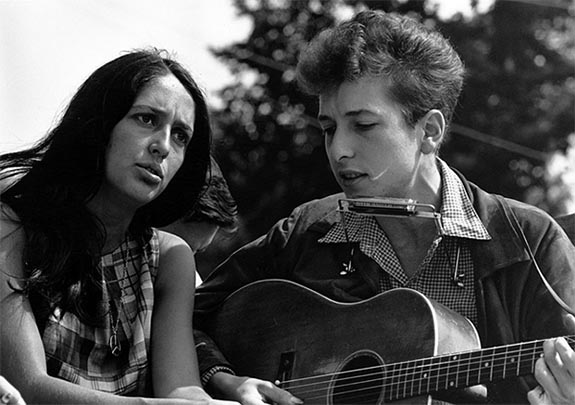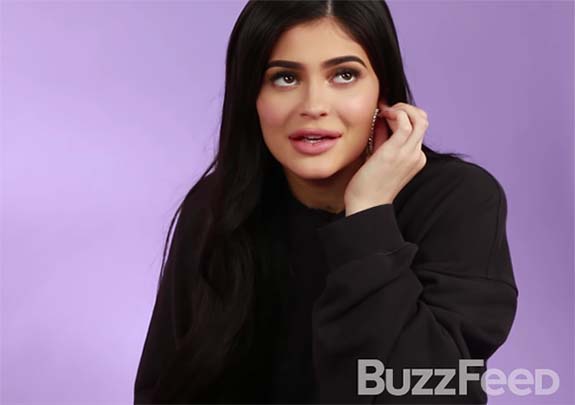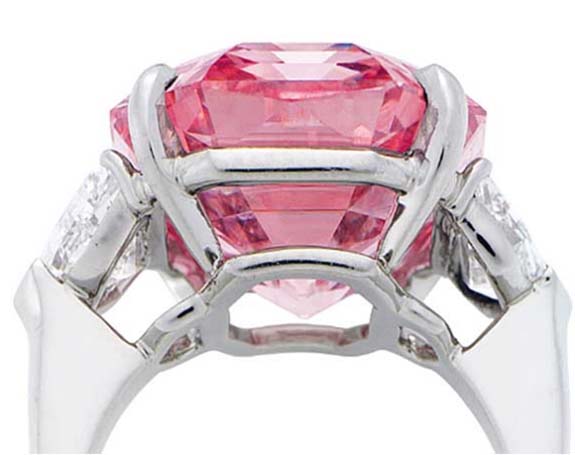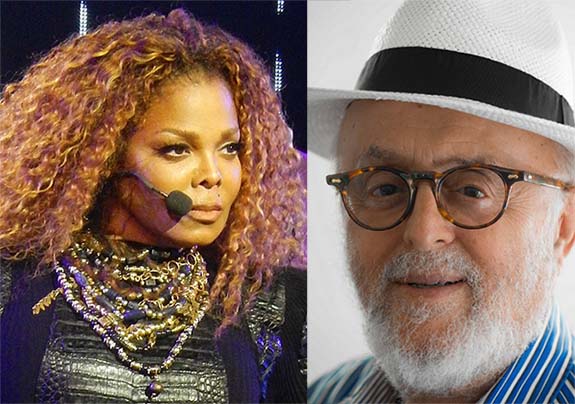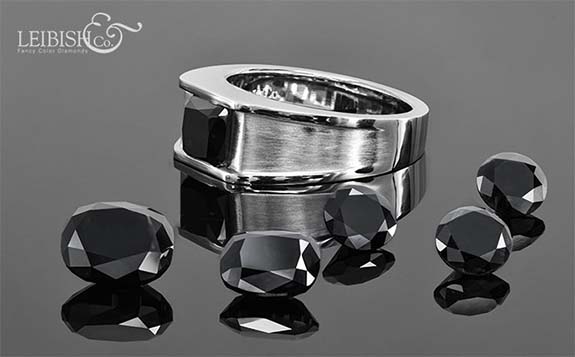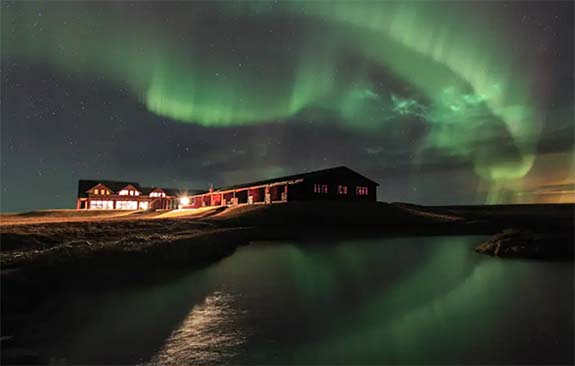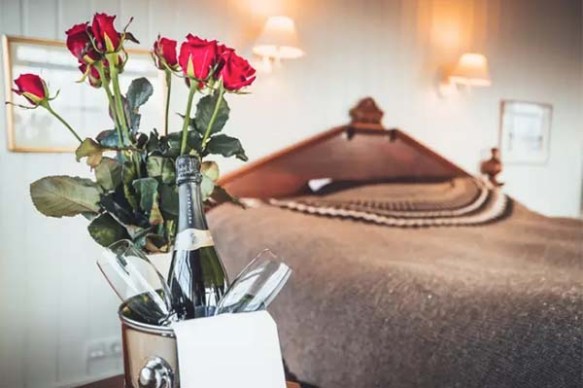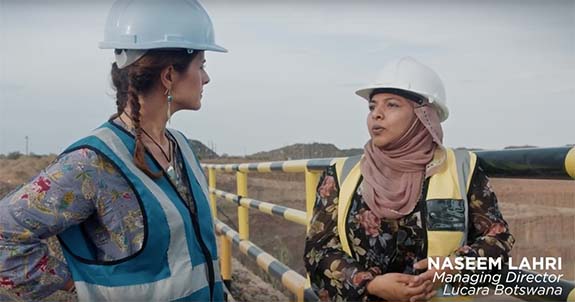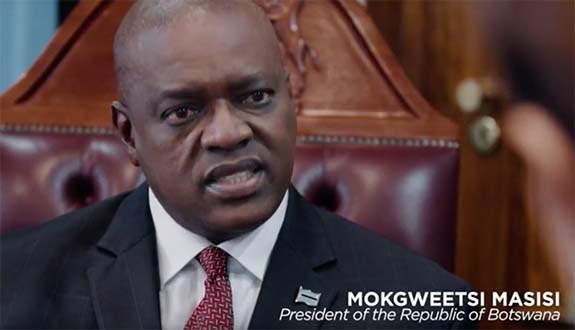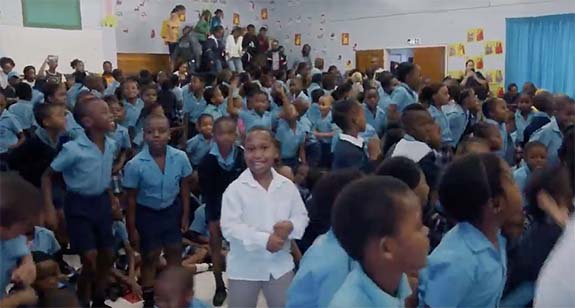February 3rd, 2020
When Kansas City Chiefs quarterback Patrick Mahomes raised the Vince Lombardi Trophy above his head after last night’s 31-20 defeat of the San Francisco 49ers in Miami, he was celebrating with a 6.7-pound sterling silver icon whose unique shape was sketched on the back of a cocktail napkin by Tiffany & Co. design chief Oscar Riedener in 1966.

Handcrafted out of sheets of silver in a painstaking process that takes four months, the Vince Lombardi Trophy stands 20.75 inches tall and depicts a football in a kicking position on a tapered three-sided stand. The words “Vince Lombardi Trophy” along with the "LIV" Roman numerals of the year’s Super Bowl are engraved on the piece. Also on the base is the emblem of the National Football League.
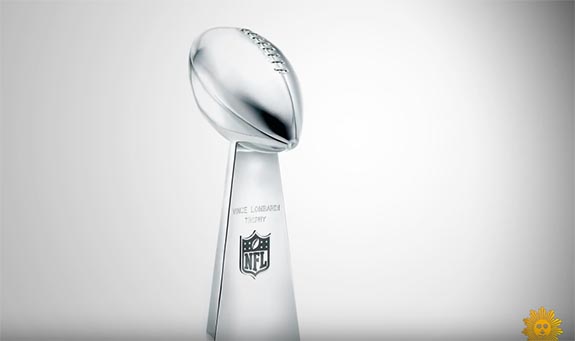
Each year, the trophy is awarded right after the big game in an elaborate ceremony, but it eventually makes its way back to Tiffany's hollowware shop in Parsippany, N.J., to be engraved with the names of the participating teams, the date, location of the Super Bowl game and the game’s final score. The winning team gets to keep the trophy.

On the day of the Super Bowl, CBS Sunday Morning co-host Tony Dokoupil spoke with Tiffany artisans and silversmiths about how the iconic trophy comes together. In the video, below, we watch a "master spinner" heating sheets of sterling silver to 1000 degrees Fahrenheit until it is soft enough to shape. He then works the material on a lathe until it looks like a football.

Next, a silversmith hammers the delicate designs on the ball's seams, including the laces, using a technique called chasing. Meanwhile, another master silversmith cuts and solders the three-sided base and then bathes it in acid to clean the silver for polishing and final assembly.
According to the official Pro Football Hall of Fame website, then-commissioner Pete Rozelle was tasked with coming up with a trophy for the first-ever AFL-NFL Championship Game, which would take place in January of 1967. Former NFL Executive Director Don Weiss, in his book The Making of the Super Bowl, said Rozelle wanted the trophy to be aligned with his vision of everything about the game being first class.
Rozelle contacted Tiffany & Co., which arranged a meeting with its head of design, Riedener. Ironically, the designer was a native of Switzerland and knew nothing about American football. After the meeting with Rozelle, Reidener visited the New York headquarters of the famous toy store FAO Schwartz and bought a football. The next morning he put the ball on his kitchen table, opened a box of cornflakes and stared at the football while eating his breakfast.
Upon finishing his cornflakes, he used a pair of scissors to cut up the empty box, transforming it into a three-sided trophy base atop which the football could sit.
At lunch a few of days later with Rozelle and a delegation from Tiffany’s, Riedener drew a sketch of his design on a cocktail napkin. Rozelle liked it and the rest is history.
The "World Championship Game Trophy" was officially renamed in 1970 to honor the memory of Vince Lombardi, the legendary Green Bay Packers coach, who led his team to victory in the first two Super Bowls.
At today's spot price of silver, the precious metal content of the Vince Lombardi Trophy is worth just shy of $2,000. The Pro Football Hall of Fame reports that the value of the trophy is in excess of $10,000, but other outlets put that value at $50,000 or more.
Check out CBS Sunday Morning's feature story below...
Credits: Screen captures via YouTube.com/CBS Sunday Morning.

Handcrafted out of sheets of silver in a painstaking process that takes four months, the Vince Lombardi Trophy stands 20.75 inches tall and depicts a football in a kicking position on a tapered three-sided stand. The words “Vince Lombardi Trophy” along with the "LIV" Roman numerals of the year’s Super Bowl are engraved on the piece. Also on the base is the emblem of the National Football League.

Each year, the trophy is awarded right after the big game in an elaborate ceremony, but it eventually makes its way back to Tiffany's hollowware shop in Parsippany, N.J., to be engraved with the names of the participating teams, the date, location of the Super Bowl game and the game’s final score. The winning team gets to keep the trophy.

On the day of the Super Bowl, CBS Sunday Morning co-host Tony Dokoupil spoke with Tiffany artisans and silversmiths about how the iconic trophy comes together. In the video, below, we watch a "master spinner" heating sheets of sterling silver to 1000 degrees Fahrenheit until it is soft enough to shape. He then works the material on a lathe until it looks like a football.

Next, a silversmith hammers the delicate designs on the ball's seams, including the laces, using a technique called chasing. Meanwhile, another master silversmith cuts and solders the three-sided base and then bathes it in acid to clean the silver for polishing and final assembly.
According to the official Pro Football Hall of Fame website, then-commissioner Pete Rozelle was tasked with coming up with a trophy for the first-ever AFL-NFL Championship Game, which would take place in January of 1967. Former NFL Executive Director Don Weiss, in his book The Making of the Super Bowl, said Rozelle wanted the trophy to be aligned with his vision of everything about the game being first class.
Rozelle contacted Tiffany & Co., which arranged a meeting with its head of design, Riedener. Ironically, the designer was a native of Switzerland and knew nothing about American football. After the meeting with Rozelle, Reidener visited the New York headquarters of the famous toy store FAO Schwartz and bought a football. The next morning he put the ball on his kitchen table, opened a box of cornflakes and stared at the football while eating his breakfast.
Upon finishing his cornflakes, he used a pair of scissors to cut up the empty box, transforming it into a three-sided trophy base atop which the football could sit.
At lunch a few of days later with Rozelle and a delegation from Tiffany’s, Riedener drew a sketch of his design on a cocktail napkin. Rozelle liked it and the rest is history.
The "World Championship Game Trophy" was officially renamed in 1970 to honor the memory of Vince Lombardi, the legendary Green Bay Packers coach, who led his team to victory in the first two Super Bowls.
At today's spot price of silver, the precious metal content of the Vince Lombardi Trophy is worth just shy of $2,000. The Pro Football Hall of Fame reports that the value of the trophy is in excess of $10,000, but other outlets put that value at $50,000 or more.
Check out CBS Sunday Morning's feature story below...
Credits: Screen captures via YouTube.com/CBS Sunday Morning.








